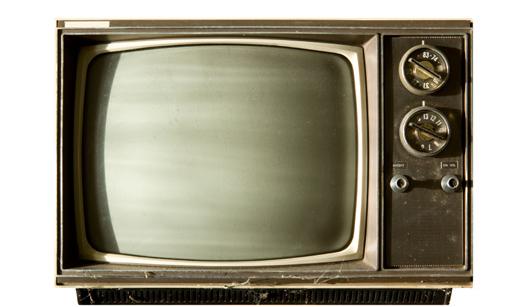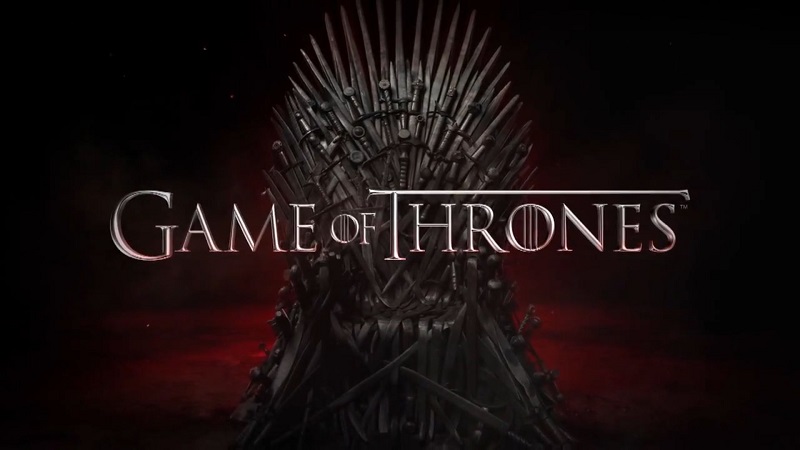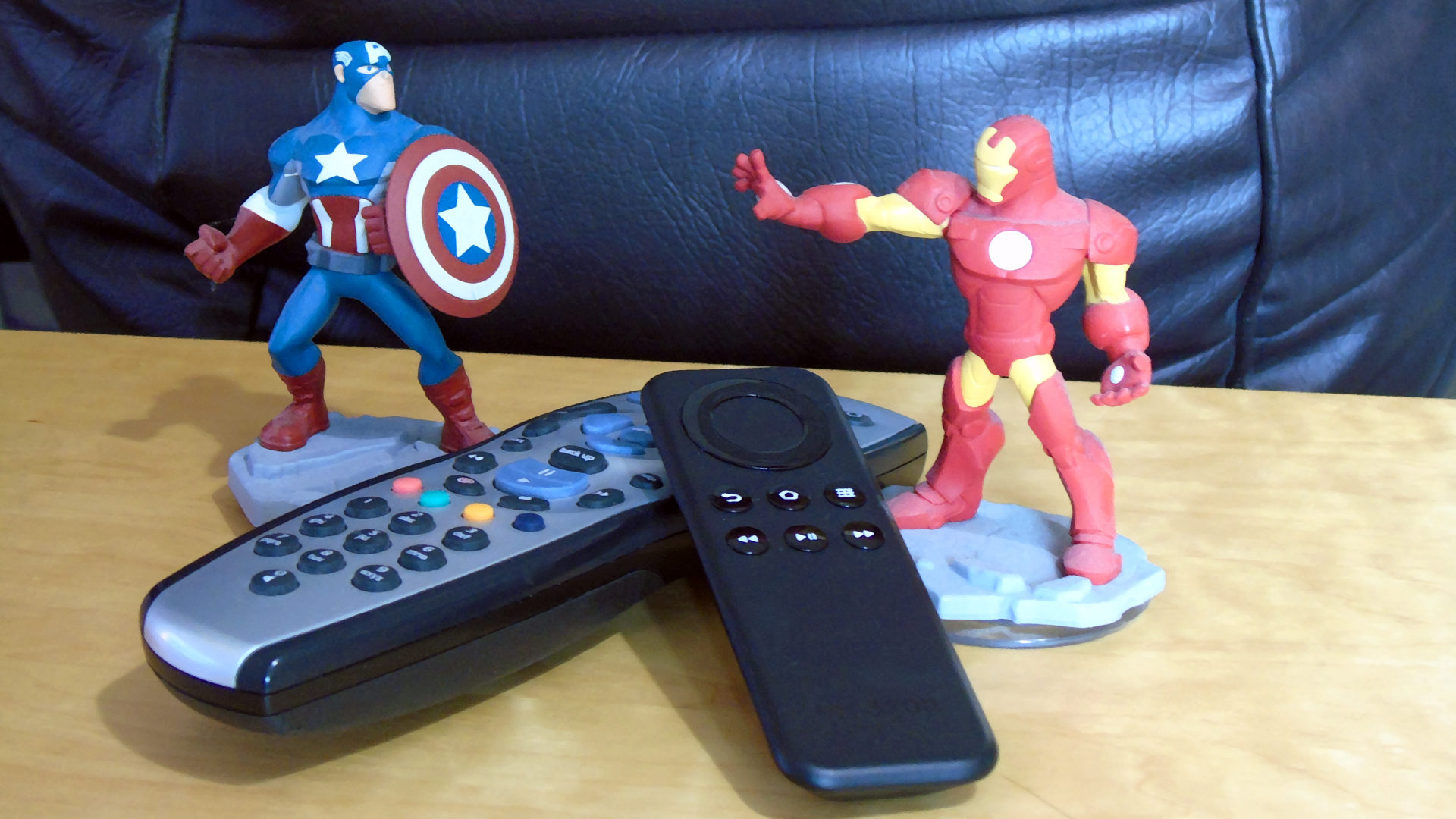A few weeks back, I wrote about the benefits of binge watching. Being able to watch a whole season, or even series, in one source, all at once obviously brings some great benefits to the table. Allowing viewers to choose when to watch their shows, being a valid spoiler avoidance mechanism and general convenience are just a few of the benefits. However, the flip side of this is the effect on standard scheduled television. With viewers pushing more and more towards on demand methods of consuming content, the popularity of free-to-view and subscription models of television is reducing. Is the future having everything on demand, streamed to your fingertips or is there still a place for reliable old scheduled TV? You have to ask yourself, is standard television dead?

Services such as Netflix and Amazon Prime are leading the way for on-demand streaming services in the UK. However, they aren’t the only big players. Now TV meets between their format of completely on demand and satellite television. Owned and operated by Sky TV, Now TV brings the benefits of Sky to home streaming without any of the contractual obligations. With separate packages for sport, movies and entertainment, viewers can pick up the big appointment-to-watch TV hits such as Game of Thrones and Outcast either at air time with a stream, or immediately after with On Demand. There are benefits for Now TV over standard Sky, in particular the lack of fixed term contract. However, there are no DVR functions, so if internet is patchy, your subscription is completely unusable. However, this option has opened doors for viewers and potential viewers alike, making content all the more reachable.
A second point to consider is the authenticity of services. Television executives are traditional creatures. They prefer to license their content to authentic channels. Within the UK these usually fall under the Sky banner, but our North American cousins have recently been seen on channel 4 operated stations amongst others. This traditionalism holds strong for “normal” television. For as long as non-streaming services can obtain licenses to air content, they will keep standard airing schedules relevant and required. It is worth noting that the monopoly held by standard stations is starting to wane a little. This season in particular has seen shows including Preacher, Lucifer, Black Sails and Orphan Black airing the day-of or day-after release in the USA, on purely streaming services. Should this trend continue, the relevance of standard television will be questioned again.

Another point to consider is that while on demand and streaming services are great for avoiding spoilers, they can also be a curse. If you are that individual who can wake up early in the morning to make sure that you have seen the new episode before work or school, then you are quids in. However, if that is not an option, having everything available all at once can be a problem. Dodging reviews and spoilers amongst friends, colleagues and online can prove to be a real challenge. On the other hand, TV networks labour for hours choosing the best time to show their expensive series. How to maximise viewers while still remaining current is an ever present challenge. However, as demonstrated with Game of Thrones, it is possible to air “the big one” nearly 24 hours after other countries without your viewership having their experiences sullied.

A final point to consider is a purely financial one. For the most part, in the UK at least, streaming services air original or older content. Tending to shy away from concurrent airing shows, the financial pressure leads towards cheaper products. Consider the raw cost of licensing a show to air one day after it’s airing at home. Without the backing of a huge company or advertising revenue, there is a reliance on subscriber prices. With both Netflix and Amazon Prime offering great value for the service, it is clear that airing new shows isn’t always within their reach. However, for networks such as Sky Atlantic or Fox, increased subscriber payments, combined with primetime advertising revenue allow for much more purchasing power. This doesn’t even take into account the prestige and associated advertising revenue obtained by simply holding the most popular series of the moment.
So I guess that is our question! Even speaking solely from the viewpoint of a “futurist”, standard television is still very much alive. Offering appointment-to-watch shows on their schedules alongside post-airing on demand services serves the tastes of the majority of viewers. Even discounting more traditional viewers who consume time-honoured content as it airs, there is still very much a spot in our modern world for traditional television. It may be the age of on demand and streaming content, but if those services want anything to show in the future, they need the commissions of our good old TV networks.
Do you disagree? Let me know by tweeting me @TellyAlex or commenting here or on Facebook. Keep your eyes peeled on Out of Lives for all of your gaming, TV, movie and comic news!








